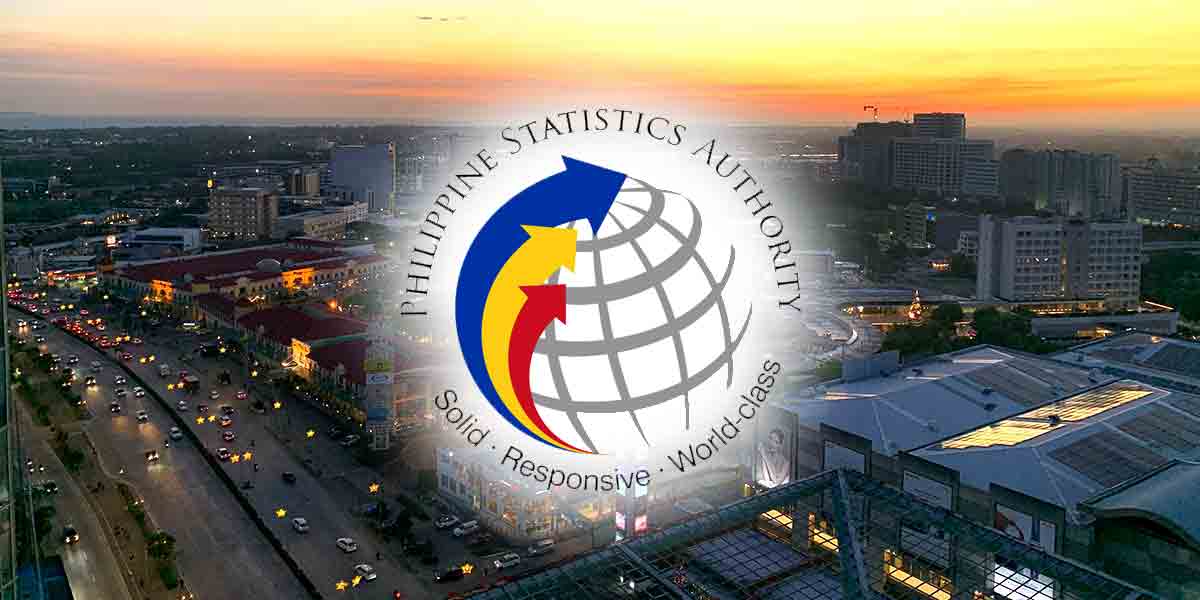Energy Secretary Raphael P.M. Lotilla has welcomed the Coalition for Emerging Market Infrastructure Investment’s (CEMII) announcement, marking the Philippines as its inaugural focus for infrastructure investments under the Indo-Pacific Economic Framework (IPEF).
Lotilla said the move is expected to fast-track the country’s clean energy transition and bolster its position as a key player in the region’s energy landscape.
CEMII, co-chaired by Global Infrastructure Partners and KKR, includes major members such as BlackRock, Brookfield, GIC, The Rockefeller Foundation, and Temasek. The coalition aims to support IPEF economies, with the Philippines seen as an ideal starting point due to its rapid energy demand growth and ambitious renewable energy targets.
“We look forward to working closely with the Coalition to realize our shared vision of a clean energy future for the Philippines and the broader Indo-Pacific region,” Lotilla said.
This partnership comes as the Philippines is projected to need around $500 billion in energy investments from 2024 to 2050 to meet its clean energy goals, according to the Indo-Pacific Partnership for Prosperity (IP3).
The country’s energy consumption is expected to grow by 3% annually until 2050, underscoring the urgent need for large-scale infrastructure investments.
The Department of Energy will work closely with CEMII to develop a joint roadmap aimed at accelerating clean energy initiatives.
The coalition’s strategy, introduced at the IPEF Clean Economy Investor Forum in Singapore, is designed to mobilize capital quickly and at scale.
By focusing on sustainable, action-oriented projects, CEMII hopes to advance economic development and human capital objectives throughout the Indo-Pacific.
The Philippines, with its growing energy needs and commitment to renewable sources, represents a critical market for CEMII’s efforts to develop successful infrastructure projects across the region.
The partnership highlights the country’s potential to lead the clean energy transition in the Indo-Pacific.




















